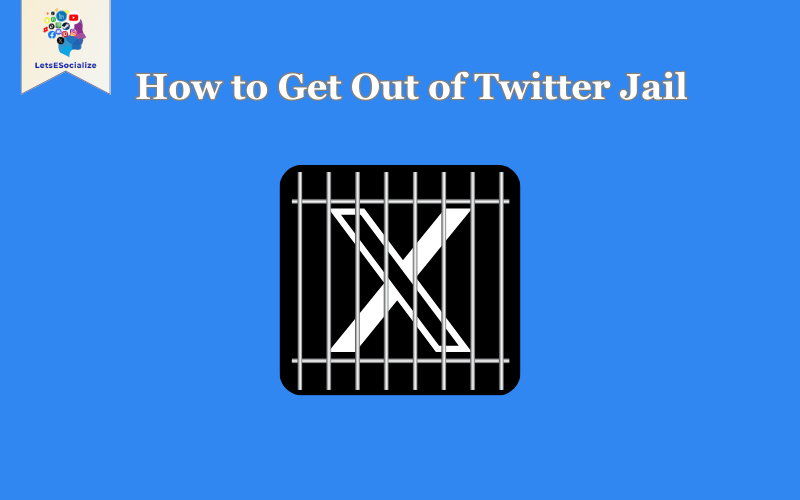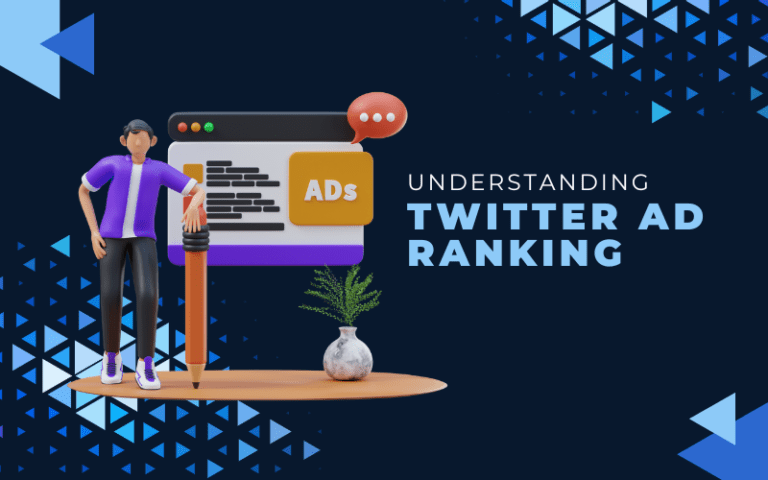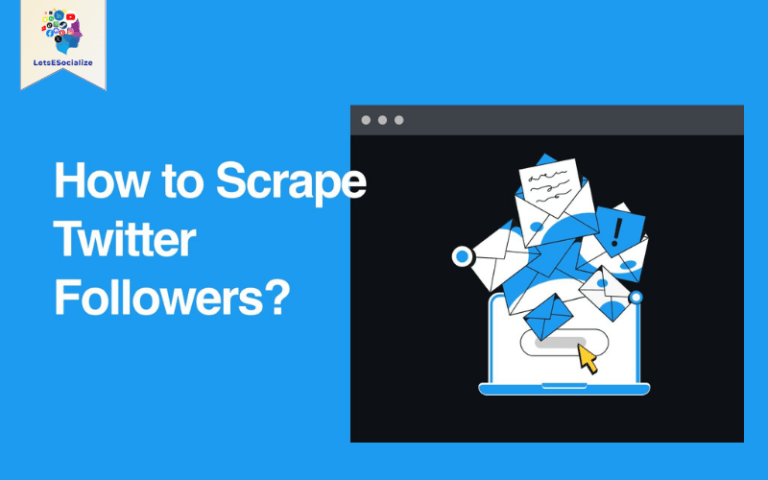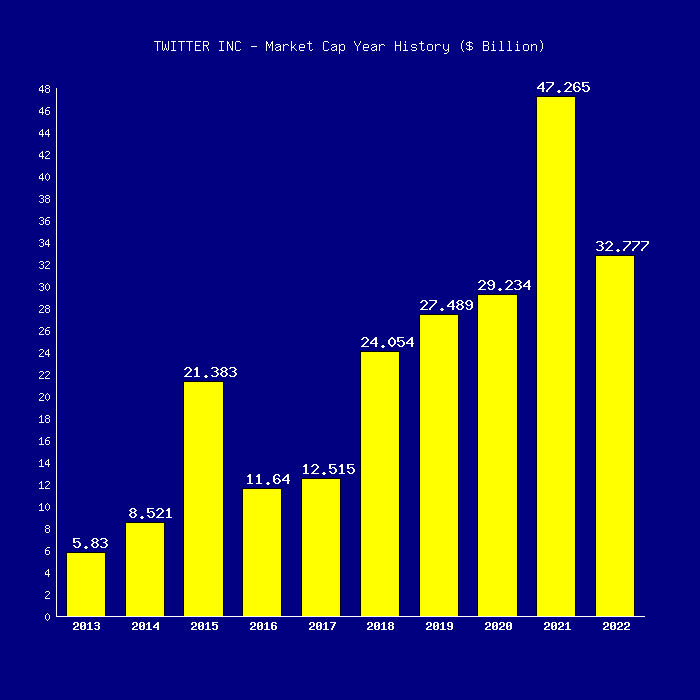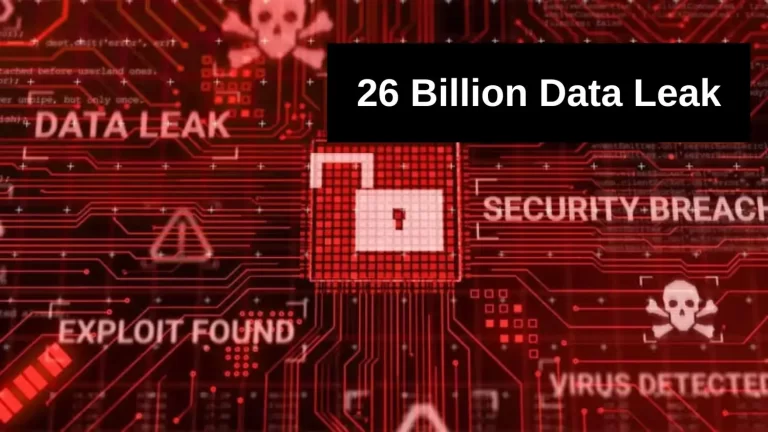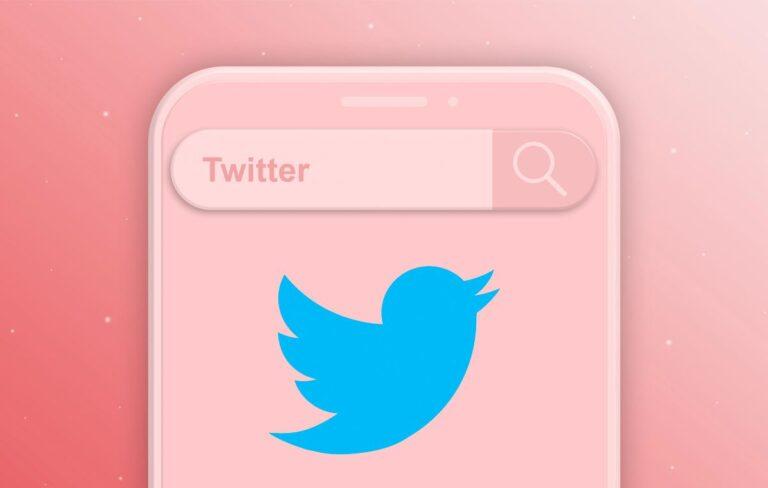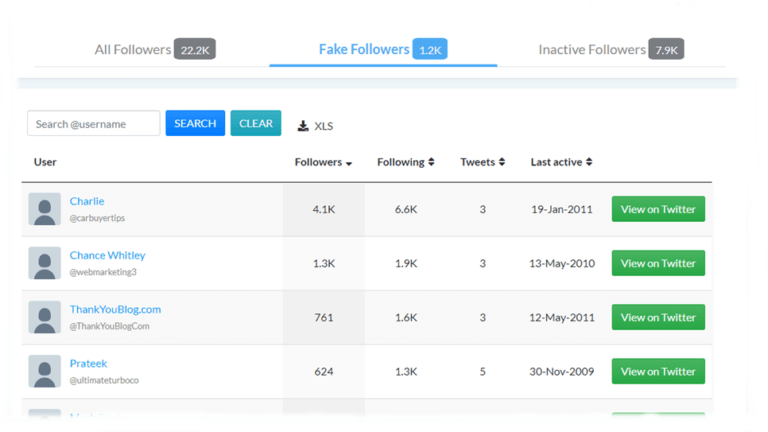Getting temporarily banned or restricted on Twitter often referred to as being sent to “Twitter jail,” can be frustrating. However, you can take steps to restore your full account access. This comprehensive guide covers everything you need to know about getting out of Twitter jail.
Table of Contents
What is Twitter Jail?
Twitter jail refers to having your Twitter account temporarily restricted or suspended for violating Twitter’s rules and policies. This usually happens if:
- You send unwanted, spammy tweets.
- You repeatedly post duplicate or near-duplicate content.
- You aggressively engage with others in a harmful way.
- You violate Twitter’s rules on abusive behavior, hateful conduct, glorification of violence, civic integrity, copyright, impersonation, etc.
When your account is restricted, your ability to tweet, retweet, follow new accounts, and like posts is limited for a set period of time. The duration depends on the severity and frequency of violations.
Getting out of Twitter jail means restoring your full account access after the restriction period ends. However, note that repeated or egregious offenses can lead to permanent account suspension.
Common Reasons for Getting Sent to Twitter Jail
Here are some of the most common reasons people get temporarily banned or restricted on Twitter:
Spamming – Repeatedly posting duplicate content, aggressive bot automation, or sending unsolicited ads/promotions to users who don’t follow you.
Abusive behavior – Insulting, harassing, or threatening others in your tweets or DMs. Using hateful language against protected groups.
Copyright violations – Posting content that infringes on someone’s intellectual property rights.
Impersonation – Pretending to be someone else by using their name/photo without consent.
Manipulation – Using multiple accounts to boost engagement artificially. Aggressively following then unfollowing accounts.
Sensitive content – Posting violent, adult, or dangerous content without a warning.
Civic integrity – Spreading demonstrably false info about elections, COVID-19, etc.
Ban evasion – Creating new accounts to get around a permanent suspension.
Compromised accounts – Your account gets hacked and used for malicious activity.
How to Get Out of Twitter Jail
If your account gets temporarily limited, here are some tips for getting back to normal:
1. Delete the offending tweet(s). If Twitter identified specific content that violated a policy, delete it immediately. This shows you recognize your mistake.
2. Appeal the restriction. You can submit an appeal within the app by going to Settings > Account > Account information > Suspended account. Explain why you believe the ban was a mistake or that you’ve understood and corrected the issue.
3. Wait out the restriction period. Restrictions are usually temporary. Continue accessing Twitter through read-only mode until the set time passes. Refrain from creating new accounts to avoid extra penalties.
4. Change your behavior going forward. Learn from the incident. Read Twitter’s rules, and don’t repeat violations. Temporary restrictions become permanent bans if you continue prohibited behavior.
5. Beef up your account security. Getting hacked can lead to your account tweeting spam or abuse without you realizing it. Enable login approvals and revoke access for suspicious third-party apps.
6. Avoid common pitfalls. Twitter restricts certain activities, even if well-intentioned, like following/unfollowing thousands of accounts per day or posting duplicate content.
7. Contact customer support as a last resort. Most temporary bans lift automatically, but you can reach Twitter for help if you believe there was a mistake.
How Long Does a Twitter Suspension Last?
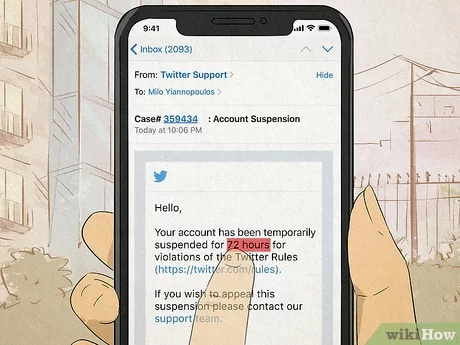
The duration of Twitter jail or temporary account restrictions can range from 12 hours to 7 days based on the severity of the violation:
- 12 hours – for 3rd or 4th violation of spam policy
- 7 days – for 3rd and 4th violations involving privacy, impersonation, manipulation, Trend abuse, etc.
- 12 hours to 3 days – for abuse and harassment like wishing or hoping serious harm on someone or attacking people based on protected characteristics. Multiple violations can extend the ban.
- 12 hours to 7 days – for posting private information, non-consensual nudity, violent threats, incitement of harm, ban evasion, etc. Again, repeat violations increase the ban length.
- 14-30 days – for severe cases of targeted harassment, violent threats, hateful conduct, posting graphic violence without warning, and repeated manipulation and spam.
- Permanent – for the most egregious policy violations, including malicious attempts to manipulate voters, membership or promotion of a terrorist organization, child sexual exploitation, repeated hateful conduct and incitement of real-world harm, and severe doxxing threats.
The best way to get back on Twitter quickly is to learn from mistakes, clean up your act, and follow proper appeal procedures.
Also read: The Ultimate Guide to Mastering Twitter in 2023
Signs Your Twitter Account is Restricted in Jail
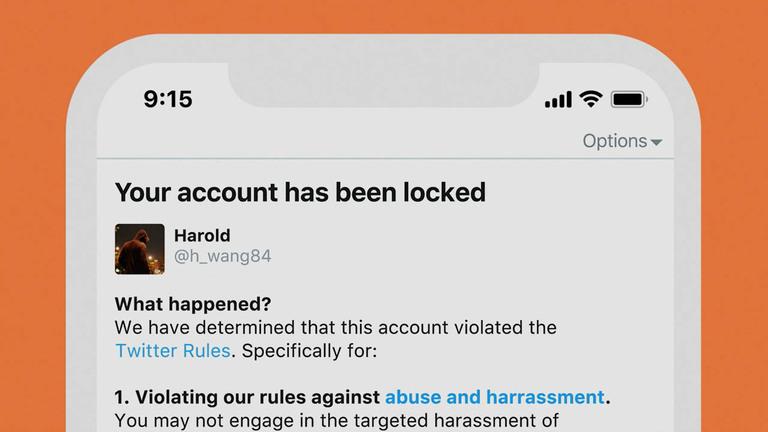
How can you tell if your Twitter account has been temporarily banned or placed in read-only mode? Here are some signs:
- You try tweeting but get an error saying, “You cannot tweet now.”
- Your notification timeline shows zero notifications.
- Liking or retweeting posts fails with a “This request looks like it might be automated” message.
- Attempting to follow someone new gives a “You cannot follow more people at this time” error.
- Your follower and following count stays stuck even after being active.
- Twitter’s account recovery page shows your account is temporarily restricted when you enter your info.
- The Twitter iOS or Android app crashes immediately after opening or reveals limited functionality.
- Opening Twitter on a web browser redirects your account to a read-only version.
- Direct messages fail to send, and your sent messages tab shows nothing recent.
If you encounter a combination of these issues shortly after potentially violating policy, your account may be temporarily suspended or restricted. Don’t create new accounts and patiently wait out the limitation period.
Can You Still Use Twitter in Jail?
Yes, in most cases, you can still use Twitter while restricted, but with limited functionality:
Read tweets – Your home timeline still updates with tweets from accounts you follow. You can view and respond to tweets that mention you as well.
Send DMs – You may be able to send and receive existing direct messages during the restriction period. But your ability to start new message threads is disabled.
Follow/mute accounts – Following new accounts is disabled, but you can still unfollow or mute existing connections.
Update profile – Changing your profile photo, cover photo, bio, and other account info is still allowed.
Read notifications – Your notifications tab remains visible to see who interacted with your tweets, followed you, etc. But liking and retweeting functions don’t work.
Appeal restriction – You can still access account settings to appeal the limitation and contact Twitter support.
In summary, Twitter jail blocks you from posting new content during your temporary ban but allows read-only access and maintains your social graph. Be sure to use the time productively by learning how to avoid future issues.
Can You Go to Real Jail for Twitter Activity?
No, getting sent to Twitter jail does not result in actual jail time or criminal penalties. However, some extreme illegal online behavior connected to your Twitter account can warrant police investigation and real-world prosecution. This includes:
- Making violent threats – Threatening to physically harm, kill, or injure someone via Twitter DMs or public tweets.
- Direct harassment – Personally attacking or harassing specific individuals despite their requests to stop.
- Hate speech – Tweeting content intended to incite violence against protected groups based on race, religion, gender identity, sexual orientation, etc.
- Terroristic threats – Making credible threats to cause mass violence against a group of people or location.
- Defamation – Knowingly spreading falsehoods about someone intending to damage their reputation.
- Dangerous pranks – Coordinating dangerous viral stunts resulting in harm.
- Revenge porn – Sharing sexually explicit images without the pictured individual’s consent.
- Stalking – Ongoing harassment and intimidation against a specific person despite restraining notices.
- Inciting lawless action – Using tweets to coordinate and promote illegal activities actively.
- Impersonation – Pretending to be someone to defraud others online or offline.
For the most part, a Twitter limitation is the maximum consequence for terms of service violations. However, sustained criminal activity that threatens public safety is punishable by law.
What Happens When You Get Permanently Suspended on Twitter?
Twitter utilizes a system of warnings and temporary restrictions for most first-time violations. But some activities warrant immediate permanent suspension. When this happens:
- You lose access – Your Twitter account and all its content is inaccessible and removed from view.
- Followers lost – Your followers no longer see your tweets and activity in their timeline.
- DMs disabled – You can no longer send or receive direct messages.
- New signups prohibited – Twitter blocks your devices and info to prevent creating new accounts.
- Ban evasion penalized – Attempting to circumvent the ban via alternate accounts also gets those accounts suspended.
- Content deleted – Your old tweets, media uploads, likes, etc., all get erased from Twitter servers (though they remain in some cached archives).
- No appeals – For severe repeat abuse violations, suspensions are indefinite and can’t be appealed.
- Limited support – Twitter rarely communicates details around permanent suspensions publicly or directly to affected users.
- Reason given – You may receive an automated email summarizing the policy violations that prompted the permanent ban.
Losing an established Twitter account and platform permanently is the most severe consequence of breaking their rules. Rebuilding an online reputation after this happens takes significant time and effort.
Myths About Getting Out of Twitter Jail
Some misconceptions exist about escaping Twitter suspension and restrictions:
Myth: Using a VPN or changing IP addresses lets you create new accounts after being banned.
Truth: Twitter’s systems track associated devices and technical fingerprints, making it hard to evade a permanent ban.
Myth: Deactivating your account briefly removes the ban restrictions once reactivated.
Truth: Any active suspensions apply after deactivating and reactivating an account.
Myth: Twitter always suspends accounts without warning if rules are violated.
Truth: Most initial infractions result in warnings or temporarily limited access before escalating to permanent bans.
Myth: Directly emailing Twitter support can lift a restriction faster.
Truth: Most limitations are automated. Support agents rarely intervene in temporary bans. Let them expire.
Myth: Deleting tweets avoids or shortens suspension if Twitter has already flagged them.
Truth: Removing offending content helps avoid auto-detection in the future but doesn’t affect existing bans.
Myth: Jail restrictions are placed randomly even if you did nothing wrong.
Truth: Nearly all Twitter jail cases result from specific violations detectable by their systems.
Understanding the truth about how Twitter enforces rules and restricts accounts leads to more realistic expectations of getting back into good standing after stumbling.
Can You Use Twitter in Jail? Asking for a Friend
Getting sent to Twitter jail can happen to anyone who needs to catch up with how they use the platform and interact with others online. If you have a friend temporarily banned from Twitter, advise them:
- Wait it out – Most Twitter jail sentences expire automatically within days or weeks. Avoid the temptation to create new accounts.
- Reflect on what went wrong – If clear violations prompted the ban, learn from the experience and change behavior going forward.
- Apologize to anyone harmed – Making amends may help reduce the long-term effects once your account access returns.
- Limit offline venting – Complaining loudly about unfair treatment prolongs the cycle. Keep perspective.
- Utilize read-only mode – You can still view content and DM, so use this time to clean up muted/followed accounts.
- Strengthen account security for when privileges are restored, especially if the ban resulted from hacking.
- Ask others to tag you in tweets where needed so you don’t miss key notifications while restricted.
- Draft tweets offline to better manage your return from jail once tweeting abilities are restored.
With the right mindset, Twitter jail can be a productive learning experience. Worst case, permanent bans still don’t warrant real jail time despite feeling imprisoned online!
Can You Twitter in Jail? Executive Order FAQs
In 2022, former President Trump signed an executive order directing the Federal Bureau of Prisons to expand inmate access to Pell grants for higher education, vocational training, and job placement programs. However, the order stopped short of allowing prisoners general internet and social media usage. Here are some FAQs:
Can inmates use Twitter in federal prison?
No, the executive order did not lift restrictions on general social media access in federal prisons. Inmates have no direct access to platforms like Twitter, Facebook, or Instagram beyond educational content authorized by prison staff.
Can the family tweet on an inmate’s behalf from the outside?
Yes, provided the family member manages the account responsibly and avoids violations that could risk suspension. Friends/family runs several advocacy accounts for incarcerated individuals.
Can wardens set their own rules about Twitter use?
Federal standards set by the Bureau of Prisons remain unchanged. However, state and county jails may interpret access to tablets and approved apps differently. Most tend to block social sites.
How do prisons currently use social media?
Prisons manage their basic social media accounts to share news and updates with the public. Inmates can consume this content in some cases but do not operate accounts.
What are approved uses under the order?
Mainly expanded tuition assistance for inmates pursuing college credit online, vocational skills training for IT and green energy industries, and re-entry prep like resume workshops. Twitter-specific use remains prohibited.
Could social media access support rehabilitation?
Potentially, yes, under close supervision. Some experts argue enabling controlled connectivity better equips inmates for productive re-entry to society. But many risks surround unvetted internet use.
In summary, while expanded vocational and counseling initiatives show promise for reducing recidivism, federal and state corrections systems are not yet ready to allow inmates open access to post freely on social media platforms like Twitter. Careful policies should balance rehabilitation and public safety.
The Path Forward After Twitter Jail
Avoiding future Twitter jail time requires learning from past mistakes and aligning how you use the platform with its community standards. Here are proactive tips:
Read the rules fully – Nuances exist, so know where the lines are. Bookmark key policy pages.
Enable privacy protections like blocking offenders, hiding replies, and filtering messages. This reduces policy run-ins.
Avoid heated arguments since passions inflamed online can lead to abusive behavior. Report, then disengage from harassers.
Set positive defaults on notifications and recommend systems that showcase constructive content.
Limit Automation to reduce spamminess. Schedule posts natively instead of over-automating.
Revise notifications to reduce outrage-inducing alerts. Mute liberally and favor quality followers.
Monitor your mental health and take Twitter breaks if your toxicity increases. Find support resources if needed.
Appeal bans promptly and politely if you genuinely feel wronged. Provide context.
Build offline community since unhealthy Twitter dependence magnifies the effects of restrictions and suspensions.
With some adjustments and intentionality, past limitations don’t have to dictate your future Twitter experience. Be prepared to course correct after stumbling.
Conclusion
Getting sent to Twitter jail can be frustrating. However, understanding the reasoning behind social media restrictions and exercising patience is crucial. Most limitations are temporary if you learn from the experience.
Focus on appealing bans professionally, strengthening your account security, tweeting more thoughtfully in the future, and finding fulfillment beyond social platforms. Avoiding future Twitter penalties then becomes much easier.

